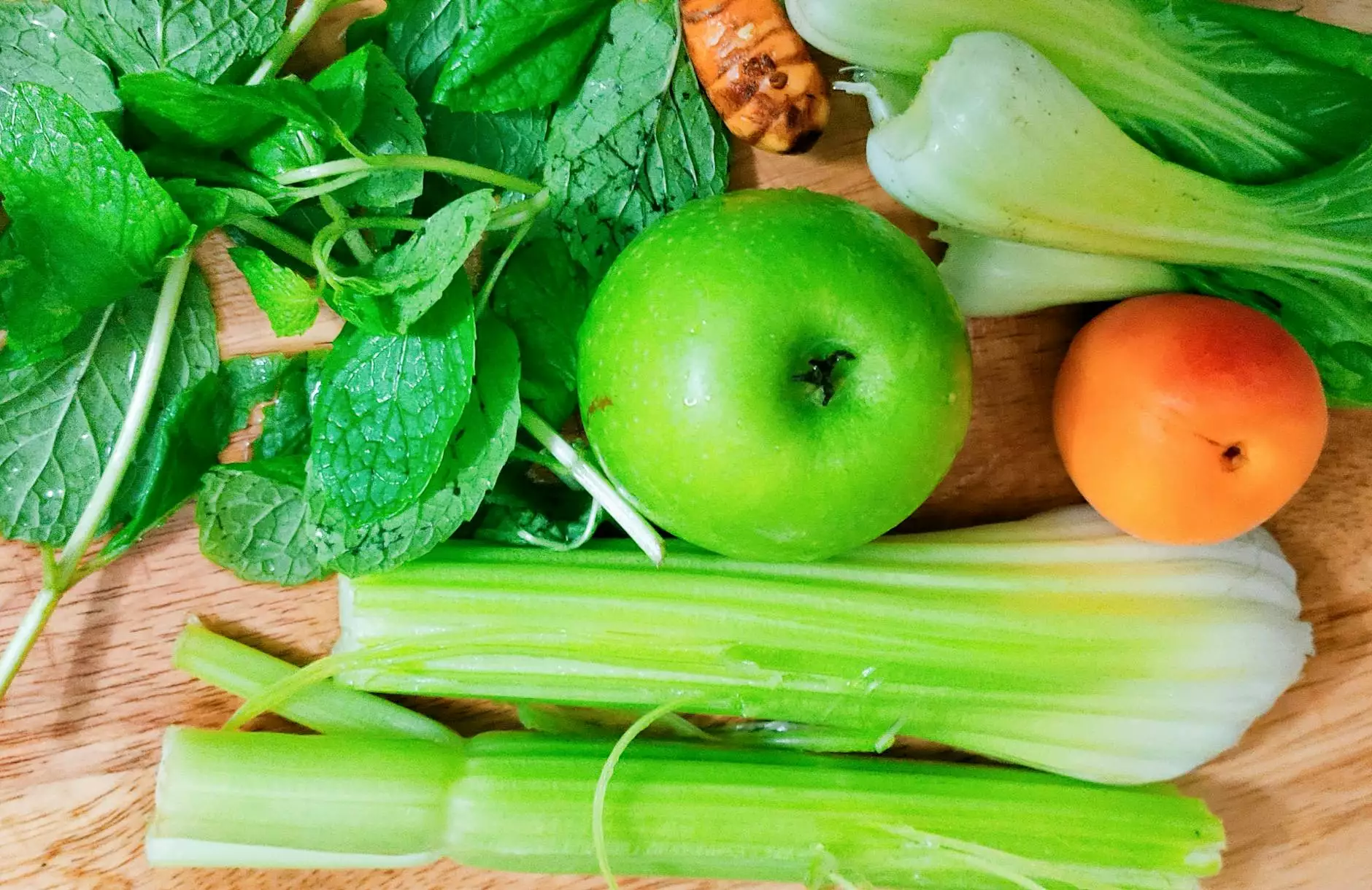High-Fiber Diets

Introduction
Welcome to Foley James D MD's Patient Education section on high-fiber diets. In today's fast-paced modern lifestyle, maintaining a healthy diet is crucial for overall well-being. High-fiber diets have gained significant attention due to their numerous health benefits. In this informative article, we will explore the importance of high-fiber diets, their benefits, foods rich in fiber, and how to incorporate them into your daily routine.
The Importance of High-Fiber Diets
A high-fiber diet plays a pivotal role in maintaining optimal health. Fiber is a type of carbohydrate found in plant-based foods that cannot be digested by the body. Instead, it passes through the digestive system intact, adding bulk to the stool and aiding in regular bowel movements.
Research has shown that high-fiber diets are associated with a reduced risk of several chronic conditions, including:
- Heart disease
- Stroke
- Obesity
- Type 2 diabetes
- Colon cancer
Furthermore, incorporating fiber-rich foods into your diet can help control cholesterol levels, improve blood sugar regulation, enhance satiety, and promote weight management.
The Benefits of High-Fiber Diets
Let's dive deeper into the remarkable benefits of high-fiber diets:
1. Digestive Health
Fiber acts as a natural bulking agent, boosting the overall health of the digestive system. It prevents constipation and promotes regular bowel movements by absorbing water and adding bulk to the stool. This can alleviate discomfort and prevent the development of gastrointestinal disorders.
2. Weight Management
Fiber-rich foods are known to keep you feeling full for longer periods, reducing overall calorie intake. By increasing satiety, they can help control cravings and prevent overeating. Additionally, high-fiber diets often have a lower energy density, meaning you can consume larger portions while keeping your calorie intake in check.
3. Heart Health
Fiber plays a significant role in maintaining heart health. Soluble fiber, in particular, helps lower LDL (bad) cholesterol levels, reducing the risk of heart disease. Consuming an adequate amount of fiber each day can contribute to maintaining healthy blood pressure levels and reducing the likelihood of experiencing cardiovascular events.
4. Blood Sugar Regulation
For individuals with diabetes or those at risk of developing it, high-fiber diets are highly beneficial. Fiber slows down the absorption of sugar into the bloodstream, preventing sudden spikes in blood sugar levels. This can aid in better blood sugar control and reduce the risk of complications associated with diabetes.
5. Colon Health
A high-fiber diet promotes a healthy colon by adding bulk to the stool, ensuring regular elimination, and preventing constipation. It also contributes to a diverse gut microbiota, which plays a crucial role in maintaining overall digestive and immune system health.
Fiber-Rich Foods
Now that we understand the importance and benefits of high-fiber diets, let's explore some fiber-rich foods:
1. Fruits and Vegetables
Fresh fruits and vegetables are excellent sources of dietary fiber. Berries, apples, oranges, broccoli, carrots, and spinach are just a few examples of fiber-packed produce that can be easily incorporated into your daily meals.
2. Whole Grains
Opt for whole grains like oats, quinoa, brown rice, whole wheat bread, and whole grain pasta. These alternatives are rich in fiber compared to refined grains. Make sure to read labels and choose products with high fiber content.
3. Legumes and Beans
Lentils, chickpeas, black beans, and kidney beans are excellent sources of fiber. They can be added to soups, salads, stews, or even prepared as delicious and nutritious main dishes.
4. Nuts and Seeds
Almonds, chia seeds, flaxseeds, and walnuts are not only packed with fiber but also provide essential nutrients like healthy fats and antioxidants. Snack on a handful of nuts or sprinkle seeds onto your favorite dishes to boost your fiber intake.
Incorporating High-Fiber Diets into Your Routine
If you're new to high-fiber diets, it's essential to make gradual changes to allow your body to adapt. Here are some practical tips:
1. Start Slowly
Introduce fiber-rich foods gradually to minimize digestive discomfort. Increase your fiber intake by a few grams each week until you reach the recommended daily amount.
2. Stay Hydrated
Remember to drink plenty of water when consuming more fiber. Water helps fiber move smoothly through the digestive system and prevents dehydration.
3. Plan Balanced Meals
Incorporate a variety of high-fiber foods into your meals. Balanced meals that include fruits, vegetables, whole grains, and lean proteins can provide you with the necessary nutrients and fiber.
Conclusion
In conclusion, high-fiber diets offer a multitude of health benefits, ranging from improved digestion and weight management to enhanced heart health and blood sugar regulation. Incorporating fiber-rich foods into your daily routine can have a significant and positive impact on your overall well-being. Remember to start slowly, stay hydrated, and plan balanced meals to enjoy the maximum benefits of a high-fiber diet.









